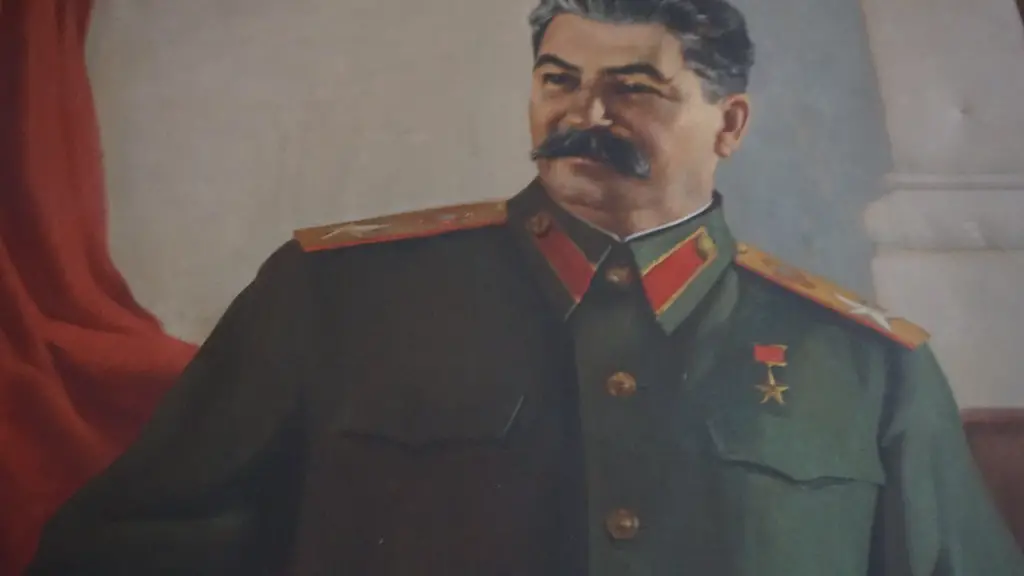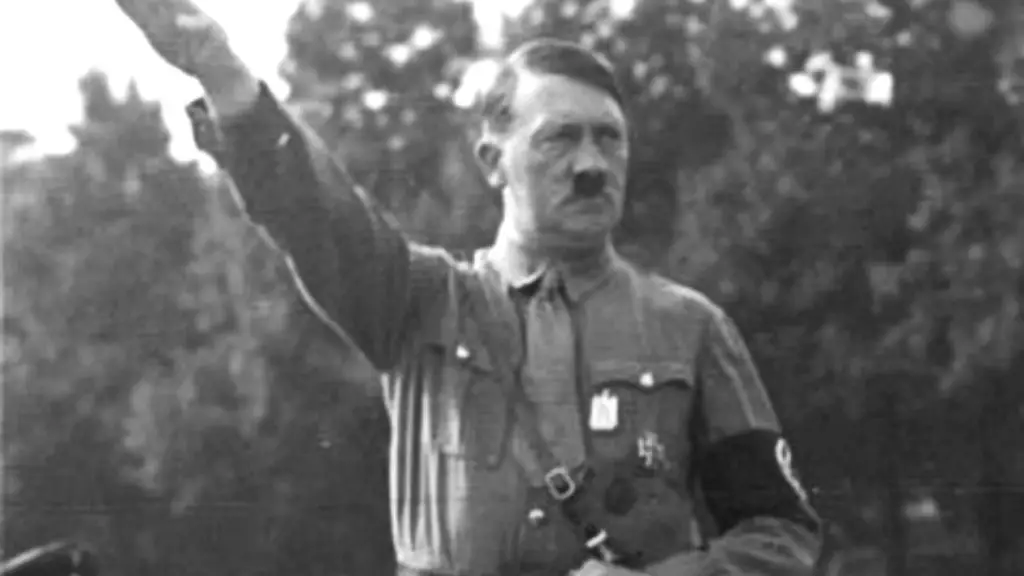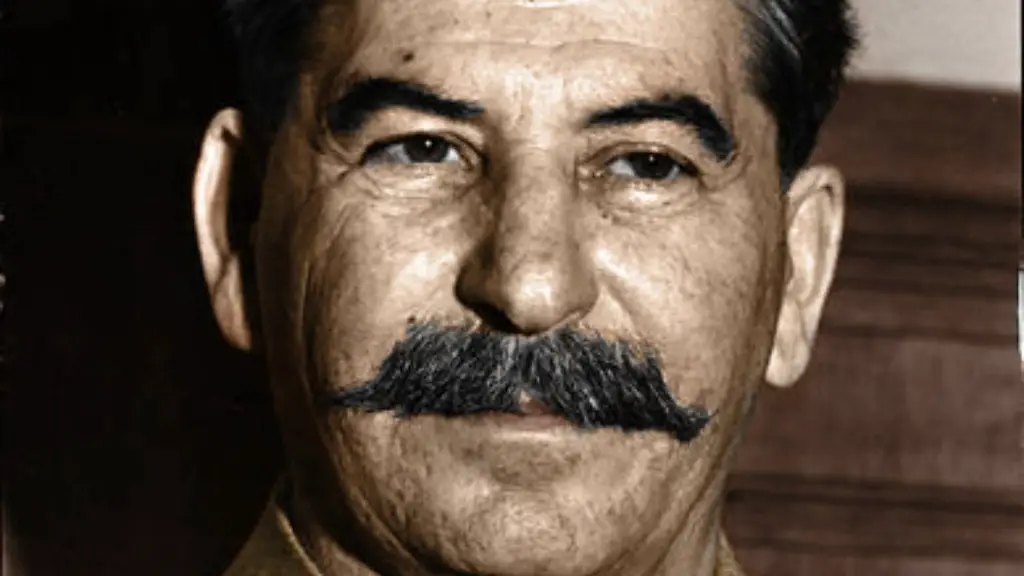In the aftermath of the Russian Revolution of 1917, Joseph Stalin emerged as one of the most powerful leaders in the Soviet Union. Through a combination of careful planning, charisma, and brutal force, Stalin was able to consolidate his power and become the undisputed ruler of the Soviet Union. Although Stalin’s rule was often marked by terror and repression, he was also able to bring about some positive changes, such as industrialization and collectivization, that helped make the Soviet Union a major world power.
Stalin’s primary method for gaining and maintaining power was through his control of the Soviet secret police. He used the secret police to arrest and execute his opponents and to instill fear in the general population. Stalin also used propaganda to consolidate his power and to present himself as the only leader who could bring about the goals of the Soviet Union.
How did Stalin gain consolidate and maintain power?
Stalin was a very effective leader and did whatever it took to maintain power in the USSR. He used his position as general secretary to gain control of the Communist party and then established programs that changed agriculture and industry. He also strengthened his control over the party by eliminating all opposition.
The Soviet Union was a dictatorship that used propaganda to control the people. Fear was used to keep people in line and to stop them from speaking out against the government. Labour camps were used to punish those who disobeyed the government. Media censorship was used to control what the people saw and heard. The cult of personality was used to make people believe that Joseph Stalin was a great leader. Education was used to indoctrinate the people and to teach them what the government wanted them to know. Public facilities were used to control the people and to keep them from leaving the country. Rising living standards were used to keep the people happy and to make them believe that the government was doing a good job.
Which method was most influential in maintaining Stalin’s power
Stalin’s use of terror was an effective way to maintain his power. He used the secret police to crush any dissent and monitor everyone. Anyone could be arrested and imprisoned or even executed for the smallest of offenses. This kept people in line and afraid to speak out against him.
Adolf Hitler is one of the most notorious dictators in history. He is responsible for the deaths of millions of people, and he used propaganda, fear and terror to gain and maintain power. He also silenced opposing parties and manipulated his country through propaganda, especially in the education system and amongst the youth.
How did Joseph Stalin come to power in the Soviet Union quizlet?
Stalin was a brutal dictator who was responsible for the deaths of millions of people. He rose to power after the death of Vladimir Lenin and became the Soviet dictator. Stalin was a paranoid leader who was always afraid of being overthrown. He kept tight control over the Soviet Union and its people. Stalin was a ruthless leader who did not hesitate to kill those who opposed him.
The First Five-Year Plan called for the collectivization of agriculture and the expansion of heavy industry, like fuel extraction, energy generation, and steel production. This policy was based on a cycle of Five-Year Plans introduced by Stalin in 1928.
What were Stalin’s two choices?
It is widely believed that Stalin’s two major decisions during World War II were to attack and to make peace. However, it is not clear what intelligence he had behind these decisions.
Some believe that Stalin’s decision to attack was based on intelligence that the German army was weakening and that the Soviet Union could defeat them. Other believe that Stalin’s decision to make peace was based on intelligence that the United States was developing the atomic bomb and that the Soviet Union could not win the war.
Whatever the case may be, it is clear that Stalin’s decisions during World War II were based on some sort of intelligence. Whether or not this intelligence was accurate is another story.
The first Five-Year Plan in the Soviet Union concentrated on developing heavy industry and collectivizing agriculture, which led to a drastic fall in consumer goods. This had a negative impact on the people of the Soviet Union, as they were not able to enjoy the same standard of living as before.
How did Stalin control the economy
A command economy is an economic system where the government makes all economic decisions. This was implemented by Stalin in the Soviet Union as a way to take total control of the country. In a command economy, the government sets production goals and tells businesses what to produce. They also control prices and distribution. This type of system can be very efficient if the government is good at making economic decisions. However, it can also lead to problems if the government makes bad decisions.
Stalin’s policies were excessively brutal, but they allowed Russia to develop a strong modern economy that sustained a successful war effort in 1941-1945 and propelled the Soviet Union into a dominant power after WWII.
How successful were Stalin’s economic policies?
The policies implemented by Stalin during his rule over the Soviet Union were, in most cases, disastrous for the nation’s population. The policies were so badly managed under the Soviet government that any growth was fairly small in comparison to the targets set out. Consequently, Stalin’s economic policies must be considered to have been a disastrous period of Soviet economic policy.
The USSR was a one-party totalitarian state that was rapidly industrialized. The theory of socialism in one country was used to justify the collectivization of agriculture and the intensification of class conflict. The USSR also colonized Eastern Europe, and a cult of personality developed around the leader of the Communist Party.
What was Stalin’s goal
The New Economic Policy was implemented by the Soviet government in 1921. The policy was designed to help the Soviet Union transition from a weak, agriculture-based economy to a strong, industrial economy. However, Stalin desired to remove and replace any policies created under the New Economic Policy. The plan, overall, was to transition the Soviet Union from a weak, poorly controlled, agriculture state, into an industrial powerhouse.
In November 1927, Joseph Stalin launched his “revolution from above” by setting two extraordinary goals for Soviet domestic policy: rapid industrialization and collectivization of agriculture. While many scholars have argued that Stalin’s industrialization drive was the key factor in the USSR’s ultimate victory in the Second World War, it is important to remember that the rapid industrialization would not have been possible without the collectivization of agriculture, which Stalin also saw as key to the USSR’s success.
What was a major goal of Joseph Stalin’s five year plans?
The first Five-Year plan was implemented by Stalin in order to rapidly transform the Soviet Union from an agrarian society into a modern industrial superpower. This was accomplished through the collectivization of agriculture, which allowed for greater agricultural production that could be used to fuel industry. The secondary goal of the plan was to aid in the industrialization of the Soviet Union through the collectivization of agriculture. One of the reasons for the plan’s launch in 1928 was the grain shortage of 1927-1928.
Stalin’s policies led to a massive increase in agricultural production, as well as a rapid industrialization of the Soviet Union. However, his methods were often brutal, and led to the death or imprisonment of millions of people.
Warp Up
Josef Stalin’s mass purge of the 1930s did two things to ensure his power: it eliminated potential rivals and it created a climate of fear that ensured the obedience of the Soviet people. Stalin was a master at using propaganda to play on the fears of the population and create a cult of personality around himself. He was also ruthless in eliminating anyone who he saw as a potential threat to his power, often have them arrested and executed on trumped up charges. These actions created an atmosphere of intimidation and terror that kept most people in line and allowed Stalin to maintain his grip on power for over two decades.
Joseph Stalin is one of the most controversial leaders in history. He is known for his brutal dictatorship and his role in the Soviet Union’s transformation into a superpower. Stalin gained power in the Soviet Union through a combination of cunning and force. He was a master of propaganda and used it to control the population. He also created a secret police force that terrorized his opponents. Stalin was able to keep power by crushing any dissent. He was a paranoid leader who purge the Soviet Union of anyone who he saw as a threat. Stalin’s reign of terror created a climate of fear that kept people in line. Even after his death, Stalin’s legacy continues to haunt the Soviet Union.





